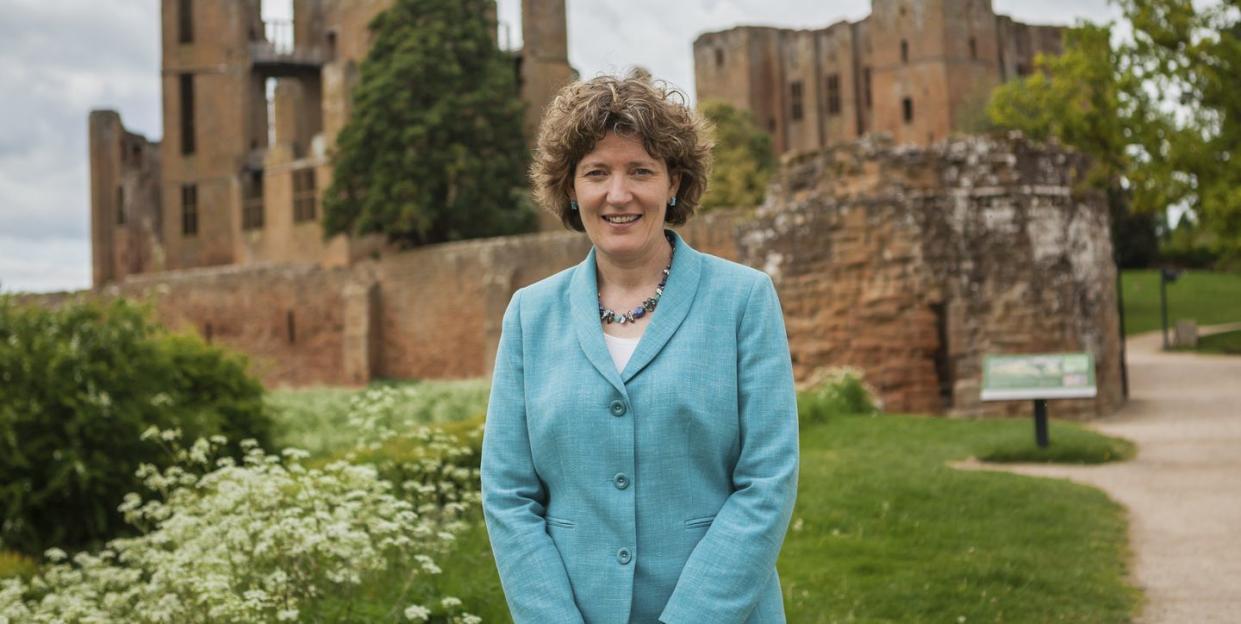Tips and advice for managing change in a business

Kate Mavor took over as CEO of English Heritage, which is responsible for the preservation and maintenance of more than 400 historic monuments, buildings and places across the country, in 2015 – a pivotal moment for the institution. Her role was to oversee the former government quango’s division into two arms, with one, Historic England, remaining in public ownership, and the other, which retains the name English Heritage, becoming a business with charitable status under Mavor’s leadership.
“It’s really quite a challenging proposition to take a whole group of people who were then civil servants into a sphere where we had to earn our own keep, generate our own revenue and manage our own finances – but that’s what appealed me to about the job,” she explains.
An Oxford University graduate in modern languages whose career has included stints in book publishing, language-school management and marketing, Mavor is no stranger to organisational change, having previously led both Project Scotland and the National Trust for Scotland through challenging financial periods. Her approach at English Heritage was to treat the transition as “a culture-change proposition – getting people to think differently about how important it is to be efficient and find new sources of cash”. What could have been deeply unsettling has, she says, turned out to be “very energising for people, because instead of always looking to the minister, we are now in charge of our own destiny”.
Here, Mavor shares her advice for navigating corporate change smoothly…
1/ Changing a company’s culture is about hearts, not minds
“You can try to rationalise a decision and explain to people why they need to do something, but most people find change hard. So instead, what you have to do is to paint a vision of how brilliant it will be to achieve something together. You also have to describe the downsides – what happens if you don’t change. In our case, it was about discussing the threat of losing the freedoms we’d like to have.”
2/ Be transparent about the challenges and opportunities
“What I’ve done at English Heritage is to make sure the way our finances work is clearly communicated to everybody at every level. I started by going on a roadshow around the country to talk to people about why not making the savings we needed would result in not being able to achieve our goals, and I was honest about the difficulties. Most people understand the idea of profit and loss if you set it out clearly.”
3/ Put the right team in place
“When you go into a role, the first thing to do is to assess the team, and get the right people around the table. Give yourself lots of time to allow that team to gel: let them spend time together, talk things through, chew the fat. Get under the skin of what makes each person tick, because that’s what will make you succeed. If you have a great team, they’ll basically be able to run the business, giving you the chance as a leader to lift your head a bit, managing stakeholders and working on partnerships and bigger things with the organisation.”
4/ Build motivation
“Work out what people care about, and then harness that passion. With English Heritage, it was about showing staff that the more money they generate, the more they can protect the buildings, monuments and artefacts they care about – whether that’s a castle in Yorkshire, protecting a Rembrandt painting or making sure that each and every Roman coin we’ve managed to find is stored in such a way that it won’t get rusty or disintegrate. It’s a virtuous circle: when people see what money can do, they’re hungry for more and better at fundraising.”
5/ Celebrate successes
“Make sure you highlight good examples of the new way of doing things so that people have a sense of success. Nominate yourself for awards and get everybody feeling very positive about the new world.”
You Might Also Like


